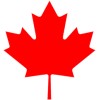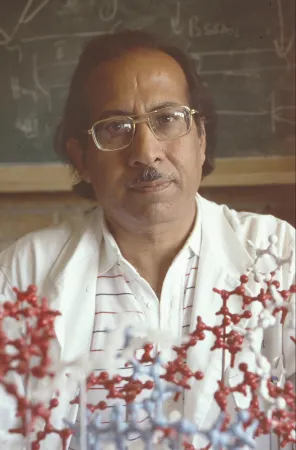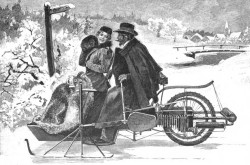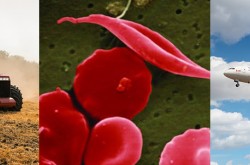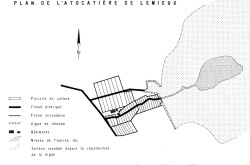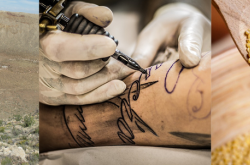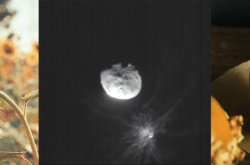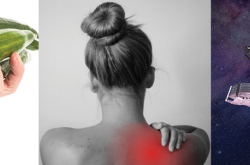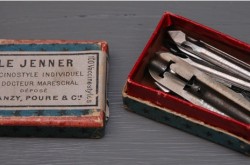Synthesizing Insulin in Canada
This article was originally written and submitted as part of a Canada 150 Project, the Innovation Storybook, to crowdsource stories of Canadian innovation with partners across Canada. The content has since been migrated to Ingenium’s Channel, a digital hub featuring curated content related to science, technology and innovation.
Synthesized insulin is a hormone used by 300 million people around the world to treat diseases like diabetes. But few people know that it was first recreated in our nation’s capital by the late Indo-Canadian scientist, Dr. Saran Narang.
To do this, Narang and his team at the National Research Council used a process called recombinant DNA. DNA is a complex molecule that serves as instructions for cells to create proteins in an organism. Since all life is composed of proteins, DNA acts as blueprints for every living thing on Earth.
Recombinant DNA is a process by which two different strands of DNA are combined to create a new strand with the properties of both. This new strand can then be transplanted into a bacterium to essentially trick it into making whatever the scientists that engineered it desire. In the case of Narang and his team, their goal was to get the bacterium to create insulin – and they succeeded.
In 1981 insulin was created in an Ottawa laboratory to benefit millions of people across the globe. Of course, insulin was always available before then. The problem was that it would be taken from animals. Most of the time the insulin was taken from pigs. About 15 per cent of diabetics at the time were allergic to pigs so many people were left with limited treatment.
Narang his colleagues were able to bring insulin to the masses by removing the use of animals entirely, by their creation of artificial insulin through recombinant DNA. The synthetization of insulin eventually led to the creation of Humulin, a product that delivers doses of insulin from a pen.
By: Jassi Bedi


